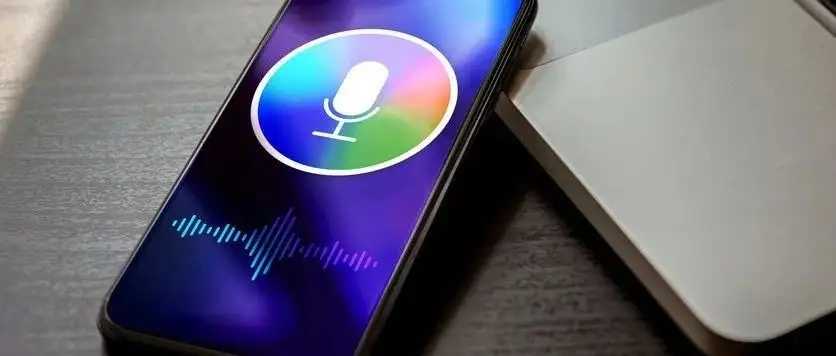It is understood that after a patient is infected with the new coronary pneumonia virus, a large amount of mucus and blockage will appear in the bronchi and trachea of the human body, so it may cause a change in the voice of the new coronary pneumonia patient. Sound Library” application.
According to the Science and Technology Daily report, the data used by the research team came from the “New Coronary Pneumonia Sound Library” application of the University of Cambridge, UK, which contains 893 audio samples from 4,352 healthy and non-healthy participants, of which 308 people’s audio samples Tested positive for COVID-19. The app was installed on the user’s phone, and participants reported basic information about demographics, medical history, and smoking status, and were then asked to record a number of sounds, including coughing 3 times, breathing deeply through their mouth 3-5 times, and reading one on the screen. Small sentences 3 times. Among them, the speech analysis technology uses a speech analysis technology called mel spectrogram, which can identify different speech characteristics such as loudness, power and changes over time.
It is worth mentioning that in order to better distinguish the voices of patients with new coronary pneumonia from healthy people, the researchers also developed an AI-Long Short-Term Memory (LSTM) based on neural networks that can mimic the way the human brain works and identify potential relationships in data. )Model. The final detection data showed that this AI-LSTM model had an overall accuracy of 89%, the ability to correctly detect positive cases (true positive rate or sensitivity) 89%, and the ability to correctly identify negative cases (true negative rate or specificity). degree) was 83%.
The researchers said that the sensitivity of the rapid antigen test is only 56%, but the specificity is as high as 99.5%. This means that the number of people who have been misdiagnosed as negative by the antigen test is more than the number of people who have been misdiagnosed by the AI new crown test. Using the AI-LSTM model, the researchers missed 11 of the 100 cases that continued to spread the virus, while the rapid antigen test missed 44.
It is worth mentioning that the test also supports remote virtual testing, and results can be obtained in less than a minute. Such tests can be used at testing sites in large gatherings to quickly screen populations.
From the perspective of industry insiders, artificial intelligence has many advantages to detect the new crown through sound, including the convenient detection method, no need for testing reagents, swabs, and no need to poke the nose. Test results can be obtained at low cost.
At present, many provinces and cities in China have experienced repeated epidemics one after another, and they are all carrying out large-scale nucleic acid testing for all employees. Two days ago, due to the collapse of the nucleic acid detection system in Chengdu, people queued for hours on a rainy day and went on the hot search. Could this kind of sound detection through AI be applied in China in the future?
Some experts said that the research results have application value in European and American countries, but due to the different effects of epidemic prevention and control and national conditions, the current application value in my country is estimated to be very limited. In Europe and the United States, people often go for new coronavirus testing after coughing, fever and other symptoms, and asymptomatic infections are less likely to be tested. “The accuracy rate of AI new crown detection is 89%. I estimate that it is likely to be obtained in the test of symptomatic infection.” The expert said that among the new crown virus infections in China, asymptomatic infections accounted for a large proportion. . If the software were to be tested in Chinese populations, the accuracy rate could be much lower.




GIPHY App Key not set. Please check settings